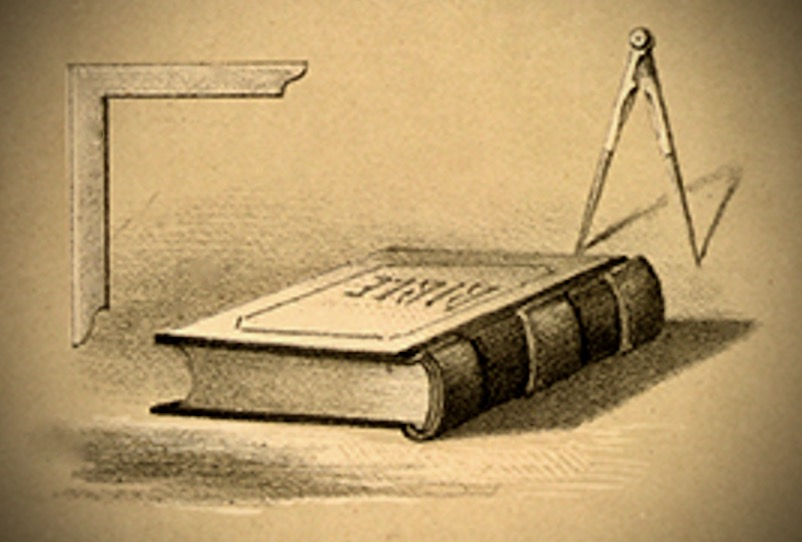In this installment of the Symbols and Symbolism of Freemasonry, we consider a vital emblem of Freemasonry, the compass or compasses. Albert G. Mackey, in his Encyclopedia of Freemasonry, gives context to this meaning of this mysterious symbols meaning and history. Mackey, writes:

As in Operative Freemasonry, the compasses are used for the measurement of the architect’s plans, and to enable him to give those just proportions which will ensure beauty as well as stability to his work; so, in Speculative Freemasonry, is this important implement symbolic of that even tenor of deportment, that true standard of rectitude which alone can bestow happiness here and felicity hereafter.
Hence are the compasses the most prominent emblem of virtue, the true and only, measure of a Freemason’s life and conduct. As the Bible gives us light on our duties to God, and the square illustrates our duties to our neighborhood and Brother, so the compasses give that additional light which is to instruct us in the duty we owe to ourselves-the great, imperative duty of circumscribing our passions, and keeping our desires within due bounds. “It is ordained,” says the philosophic Edmund Burke, “in the eternal constitution of things, that men of intemperate passions cannot be free; their passions forge their fetters.”
Those Brethren who delight to trace our emblems to an astronomical origin, find in the compasses a symbol of the sun, the circular pivot representing the body of the luminary, and the diverging legs his rays.
In the earliest rituals of the eighteenth century, the compasses are described as a part of the furniture of the Lodge and are said to belong to the Master.
Some change will be found in this respect in the ritual of the present day.
The word is sometimes spelled and pronounced compass, which is more usually applied to the magnetic needle and circular dial or card of the mariner from which he directs his course over the seas, or the similar guide of the airman when seeking his destination across unknown territory.
Of the spheres and heavens
Pike, in Morals and Dogma, defines the compass as an emblem that describes circles, and deals with spherical trigonometry, the science of the spheres and heavens. The former, therefore, is an emblem of what concerns the earth and the body; the latter of what concerns the heavens and the soul. Yet the Compass is also used in plane trigonometry, as in erecting perpendiculars; and, therefore, you are reminded that, although in this degree both points of the Compass are under the Square, and you are now dealing only with the moral and political meaning of the symbols, and not with their philosophical and spiritual meanings, still the divine ever mingles with the human; with the earthly the spiritual intermixes; and there is something spiritual in the commonest duties of life.
